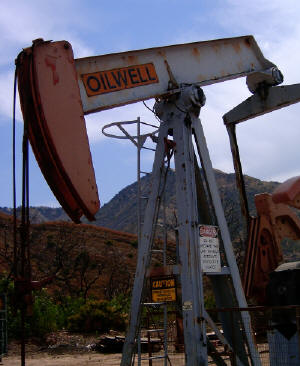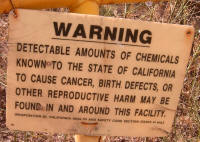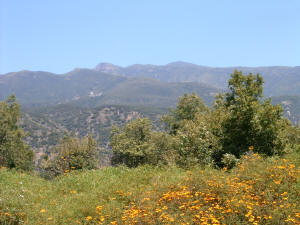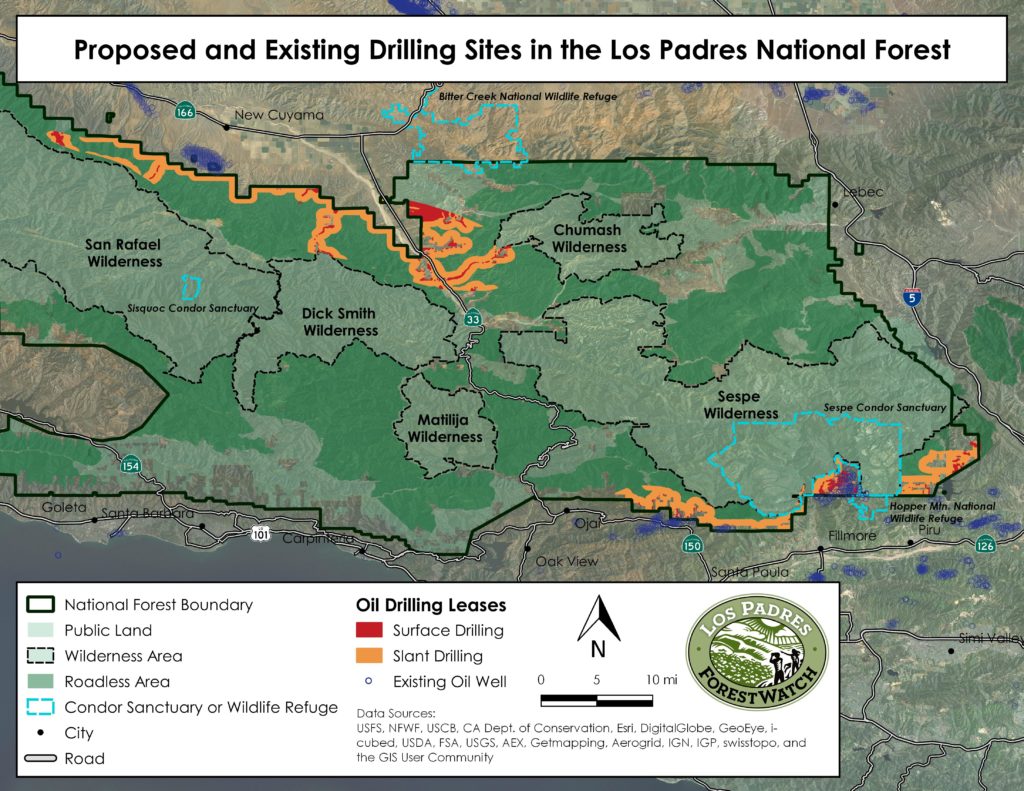Elected officials, business owners, outdoor recreationists, and conservation groups criticized the U.S. Forest Service today for opening critical tracts of wildlands in the Los Padres National Forest to additional oil and gas exploration and development. A majority of the activities will be concentrated north and east of Ventura and Santa Barbara, an area where more than 1.5 million people visit annually for recreation and where several threatened and endangered animals call home, including the critically imperiled California condor.

Oil and gas drilling, with associated pipes and transmission lines, roads, trucks, noise, and toxic emissions, pollutes the air and water, harms and kills wildlife, fragments habitat, and spoils recreational opportunities. Yet the government’s own analyses show that the additional drilling will supply the nation with less than a day’s supply of oil and gas.
“Piru Creek is an area of high concern, where parts of the watershed fall within the planned oil and gas developments,” noted Gary Bulla, a local fisherman and business owner who resides just outside the Los Padres National Forest in Ventura County. “The biologically rich watershed is beloved by anglers and hikers, and is home to arroyo toads, California red-legged frogs, southwestern willow flycatchers, and other animals and plants dependent upon clean water and healthy streamside vegetation.”
In response to substantial opposition from the public and State of California, the Forest Service’s final decision will not allow surface development within roadless areas. While the Forest Service’s final decision is considered to be a victory for roadless area protection, it will still allow drilling to occur right up to the boundary of these pristine roadless areas and could allow directional or “slant” drilling beneath these sensitive lands. Altogether, the Forest Service’s decision will allow oil and gas drilling in 4,277 acres of the national forest, potentially within close proximity of four federally designated wilderness areas, the Sespe Condor Sanctuary, Hopper Mountain National Wildlife Refuge, and the Wild & Scenic Sespe River.

Critics worry that the remaining acres proposed for oil and gas exploration and development include extremely sensitive ecological areas. The decision will significantly damage this important habitat for a number of imperiled species – including one of only four places in the U.S. where California condors have nested since they were released into the wild in 1992. In 2002, an adult male condor stuck his head into a puddle of crude oil and transferred the oil to his chick, which later died. The chick was the first hatched in the wild in 18 years.
“Although we are relieved the Forest Service will not be tearing new roads into the last wild areas of the Los Padres, we still have concerns about the final decision,” said Congresswoman Lois Capps, from Ventura and Santa Barbara counties, who recently reintroduced the Los Padres Conservation Act (H.R. 3149), which would ban additional drilling in the forest. “Just because drilling is already occurring in an area does not mean we should add to the damage. More development might be out of sight, but not out of mind.”
The Forest Service received nearly 8,000 comment letters on the draft Environmental Impact Statement to expand oil and gas development on the Los Padres. Of these comments, an overwhelming majority expressed strong opposition to the proposal.
“As a local business leader with over 300 employees who live in the Ventura area and enjoy the beautiful Los Padres National Forest, we are concerned about the negative effects of additional drilling exploration and operations in our local forest – loud test explosions, toxic pollution from trucks and equipment, and more unsightly wells – and how that will impact recreation, natural resources, and our high quality of life,” stated Michael Crooke, CEO of Patagonia, Inc., based in Ventura.

The Forest Service decision would allow oil and gas exploration and development activities within three High Oil and Gas Potential Areas – Sespe, San Cayetano, and South Cuyama – totaling more than 52,000 acres. More than 47,000 acres would be categorized under the “No Surface Occupancy” stipulation, leaving 4,277 acres vulnerable to exploration and development. Conservation groups are concerned that impacts to views, air quality, recreation, and watersheds are not limited to drilling areas, but often spread into sensitive areas across a much wider swath of land.
Conservation groups are considering whether to appeal the Forest Service’s decision. “The agency utterly failed to conduct biologically and legally defensible analyses about the cumulative effects of new drilling combined with existing oil and gas developments in the area,” stated Jeff Kuyper, executive director of Los Padres ForestWatch, a local non-profit organization that safeguards the Los Padres National Forest. “Much of the documentation used to support this decision is based on skewed numbers and outdated economic figures. It is up to us to make sure that the Forest Service doesn’t auction off the last remnants of the public’s wild heritage for just a few days of oil.”
THE COALITION TO SAVE LOS PADRES:
Californians for Western Wilderness
Campaign for America’s Wildlands
Center for Biological Diversity
Defenders of Wildlife
Environmental Defense Center
Forests Forever
Los Padres ForestWatch
Sierra Club – Los Padres Chapter








Comments are closed.